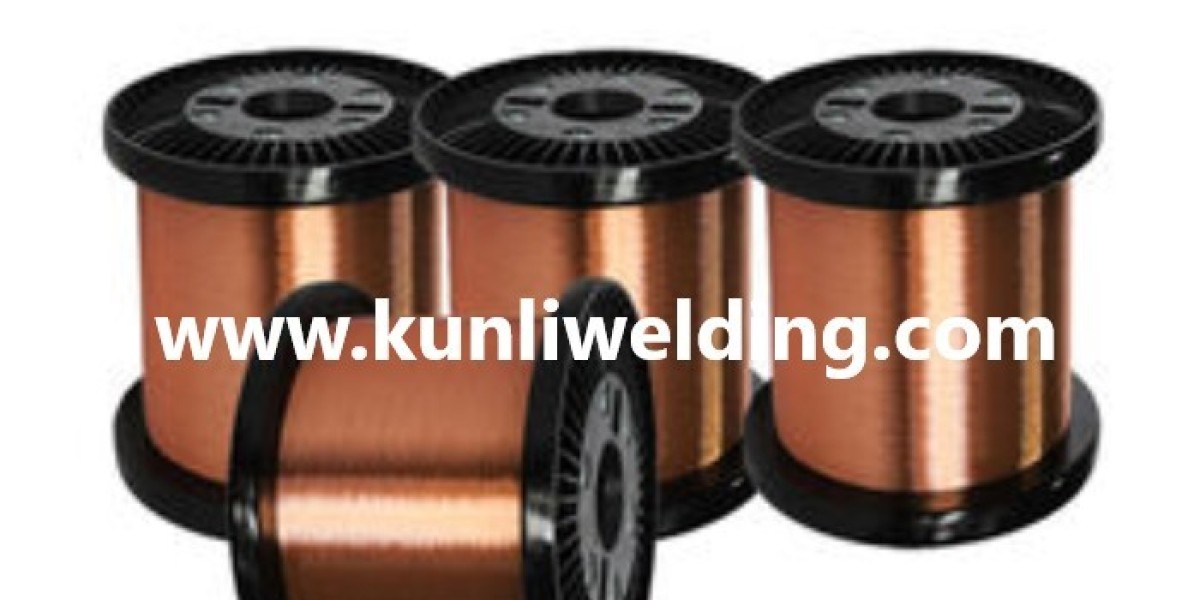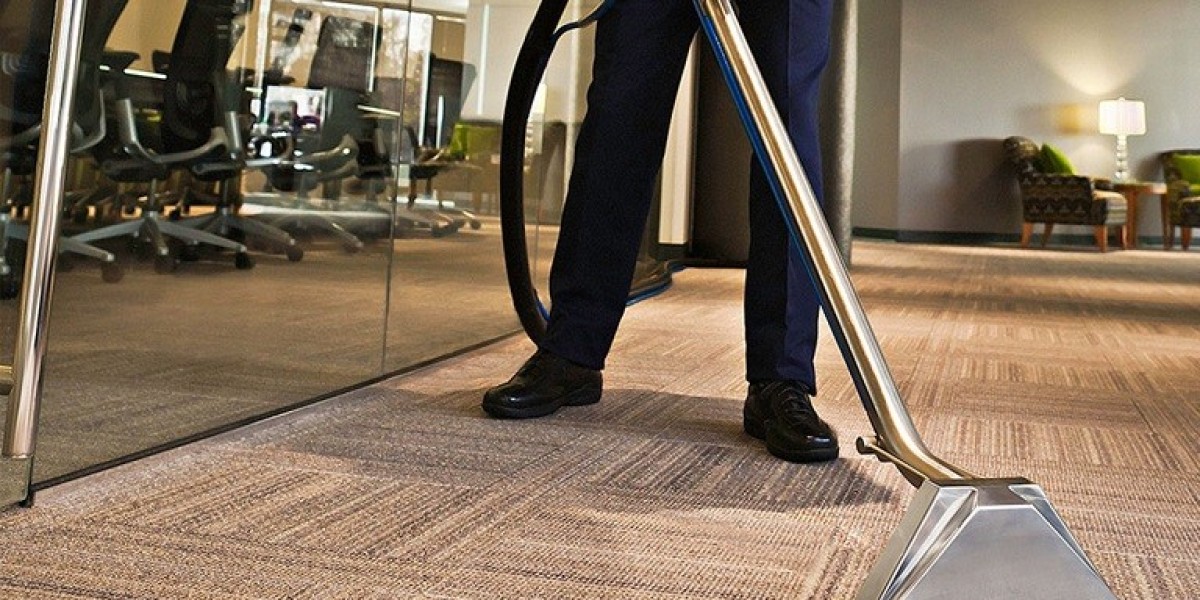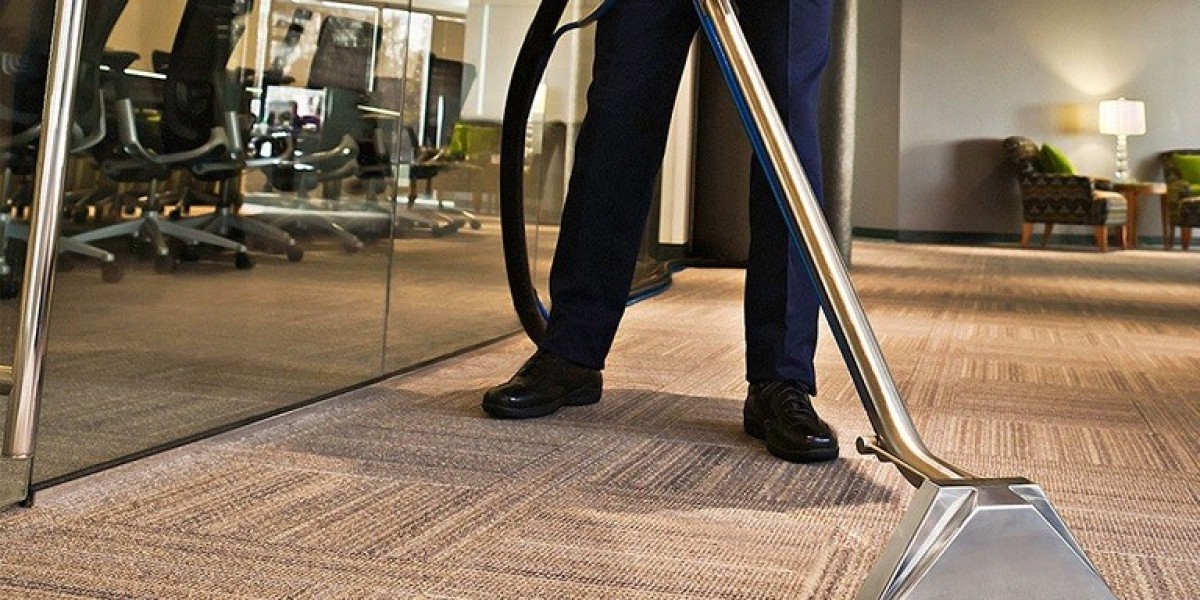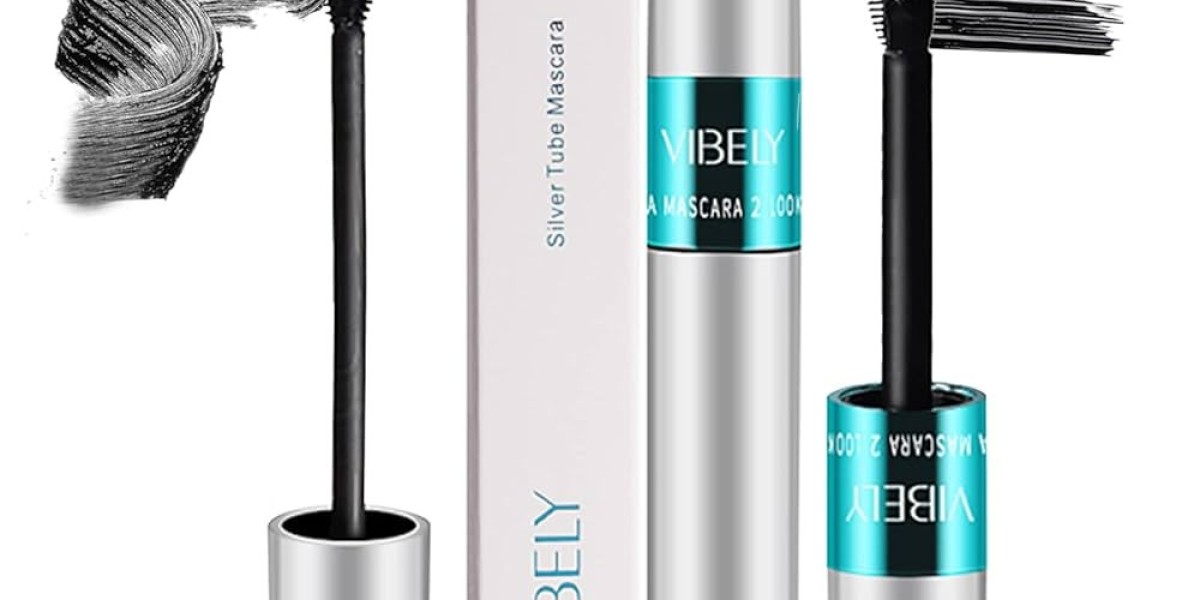In today's precision-driven manufacturing landscape, the smallest variable can impact project success. Contaminated welding wire leads to costly rework, structural weaknesses, and production delays. Forward-thinking Aluminum Tig Wire Suppliers recognize that quality extends beyond production—it hinges on how materials are preserved before reaching the welding arc. As industries tighten quality control standards amidst rising material costs, proper wire storage has transitioned from best practice to non-negotiable protocol.
Moisture and oxidation pose the greatest risks to aluminum TIG wires like the ER5183 and 5154 alloys used in marine and aerospace applications. Aluminum's reactive nature accelerates oxidation upon air exposure, forming an invisible oxide layer (Al₂O₃) with a melting point significantly higher than the base metal. When this contaminated wire enters the weld pool, it causes incomplete fusion, bead irregularities, and potentially catastrophic porosity in critical joints. The solution begins with understanding storage as the first line of defense.
Environmental Control Fundamentals
Humidity Warfare: Maintain storage areas below 40% relative humidity. Seal opened spools in vacuum bags with desiccant packs immediately after use.
Temperature Stability: Avoid fluctuations between day/night cycles. Consistent 15-25°C environments prevent condensation formation inside wire packaging.
Light & Air Exclusion: Use opaque containers blocking UV radiation and limit container opening frequency. Nitrogen-purged storage offers industrial-grade protection.
Handling Protocols That Matter
Glove Mandate: Require nitrile gloves for handling wire. Skin oils introduce hydrocarbons causing hydrogen porosity.
First-In-First-Out Rotation: Implement strict inventory labeling with receipt dates. Never use wire beyond its certified shelf life.
Segregated Storage: Store aluminum wires away from grinding areas, chemicals, or humidity sources like wash stations.
Leading suppliers now incorporate storage intelligence directly into packaging. Look for:
Double-sealed moisture barrier bags with integrity indicators
Color-changing desiccants signaling humidity breaches
QR-coded traceability linking to batch-specific storage guidelines
When Contamination Strikes: Salvage Protocols
Even with precautions, compromised wire requires assessment:
Surface Oxidation: Light grey film may respond to manufacturer-approved chemical cleaning. Heavy black oxidation warrants disposal.
Suspected Moisture Exposure: Low-temperature baking (90-120°C) in controlled ovens may restore integrity—consult supplier specifications.
Performance Testing: Always conduct test welds on scrap material before using salvaged wire on production work.
Kunli Welding addresses these challenges through integrated storage solutions. Their aluminum TIG wires ship in nitrogen-flushed packaging with humidity indicator cards, while their technical guidance documents provide industry-aligned storage frameworks. This systematic approach ensures wires like their marine-grade ER5183 maintain corrosion resistance properties from factory floor to final weld.
Industry-Specific Implications
Offshore Fabrication: Salt-laden air accelerates aluminum oxidation. Portable climate-controlled storage units are essential for coastal shipyards.
Automotive Robotics: Automated welding cells demand flawless wire feeding. Storage-induced surface imperfections cause misfeeds costing thousands per hour in downtime.
Aerospace Certification: Strict traceability requires documented storage conditions matching material certifications.
The convergence of rising quality expectations and economic pressures makes wire preservation a strategic advantage. Companies investing in proper storage protocols reduce weld rejection rates significantly while extending the usable life of purchased materials. This operational discipline ultimately enhances project timelines and material utilization efficiency.
Understanding that contamination prevention is a shared responsibility, progressive suppliers now offer:
Site-specific storage audits and humidity mapping
Customized packaging sizes reducing post-opening exposure time
Training modules on handling sensitive alloys
Kunli Welding exemplifies this partnership approach. Their commitment extends beyond supplying alloys to ensuring those materials arrive in weld-ready condition. By implementing their validated storage guidelines for products like the 5154 coaxial cable wire, fabricators maintain consistent weld integrity crucial for signal transmission systems. Proper storage protocols transform wire from a commodity into a reliability asset. For comprehensive guidance on aluminum TIG wire specifications and preservation methods, explore the resources available through Kunli Welding's product section.







